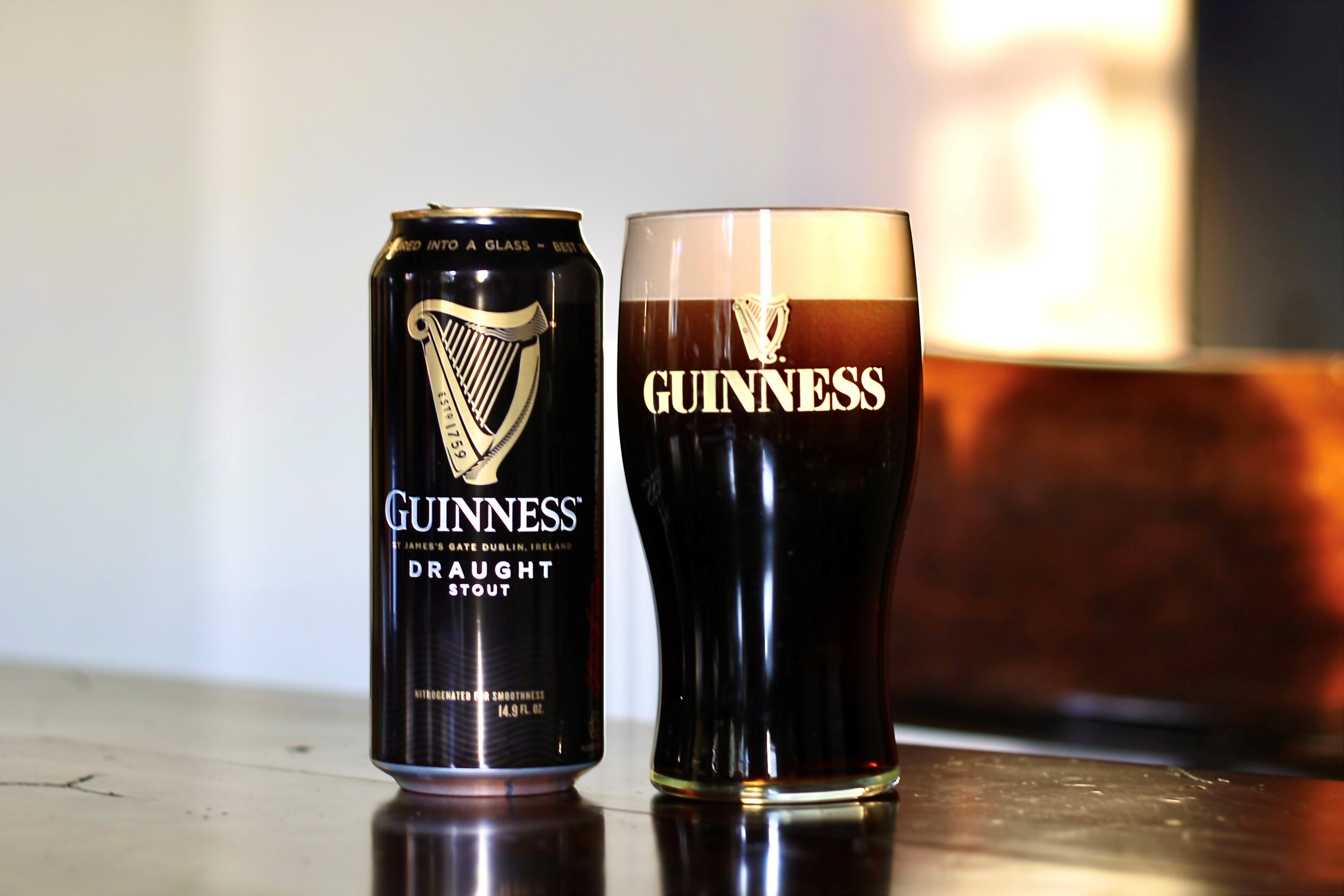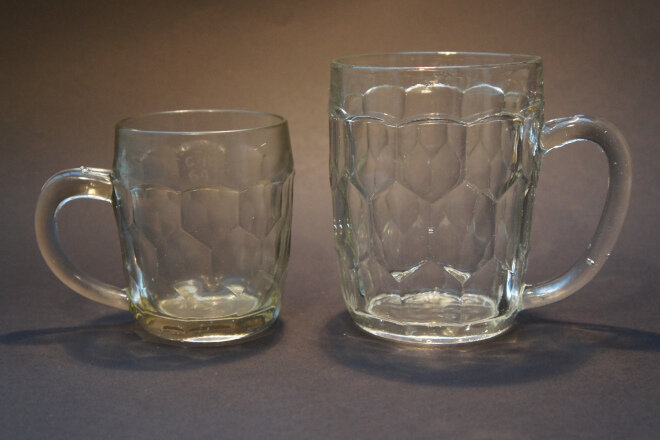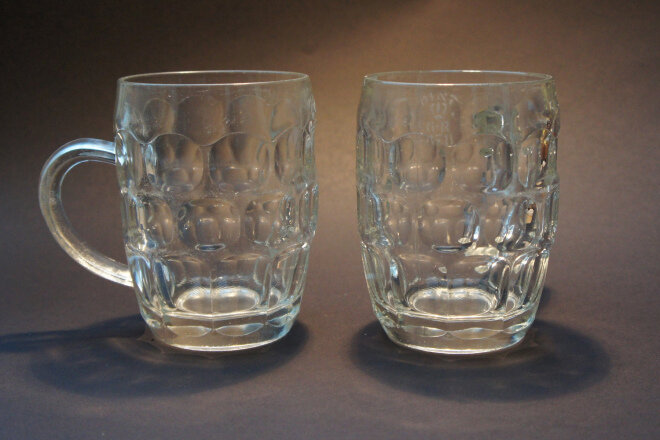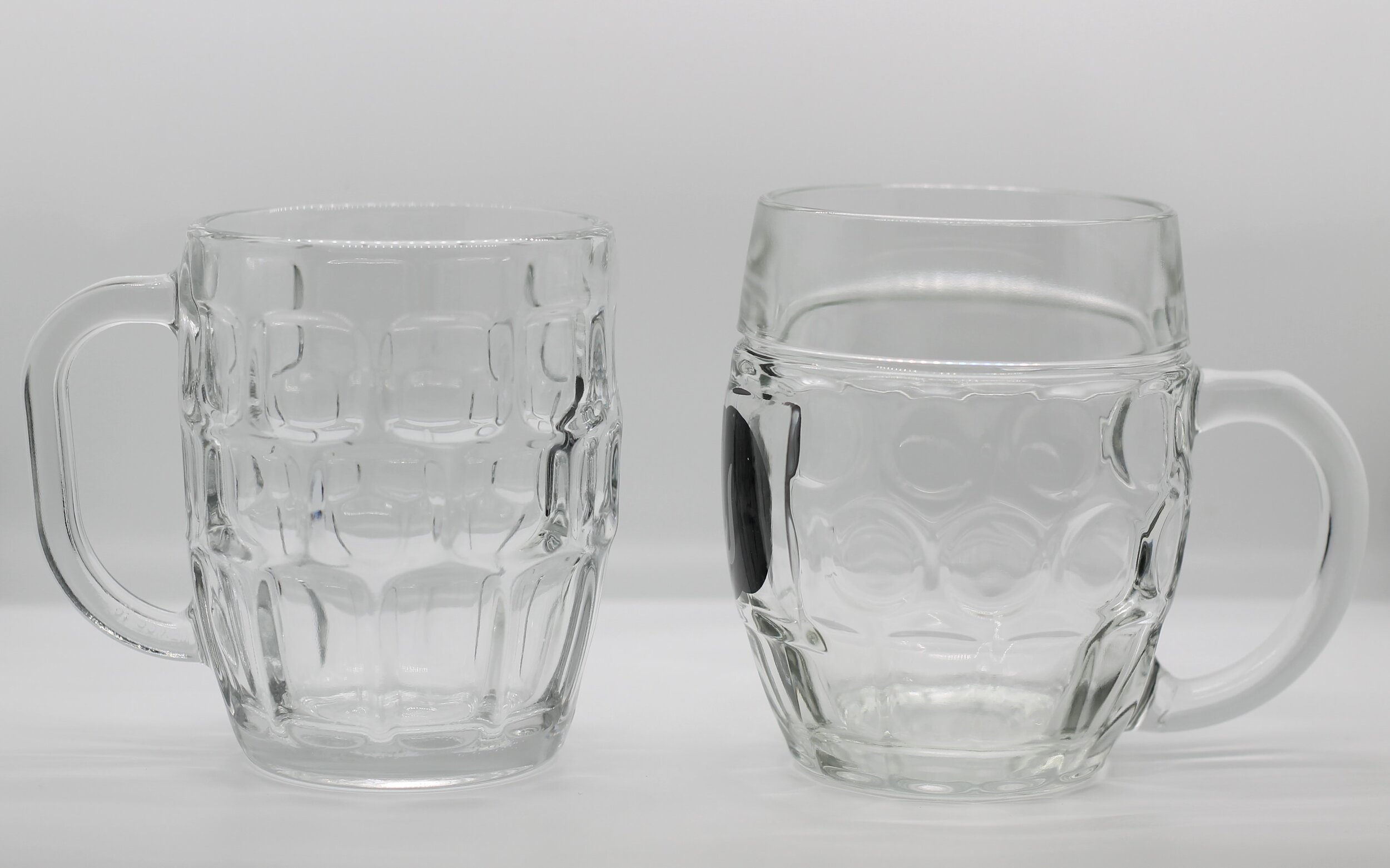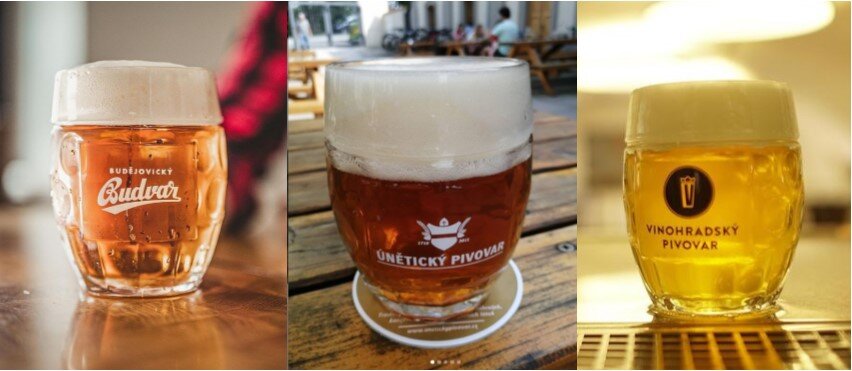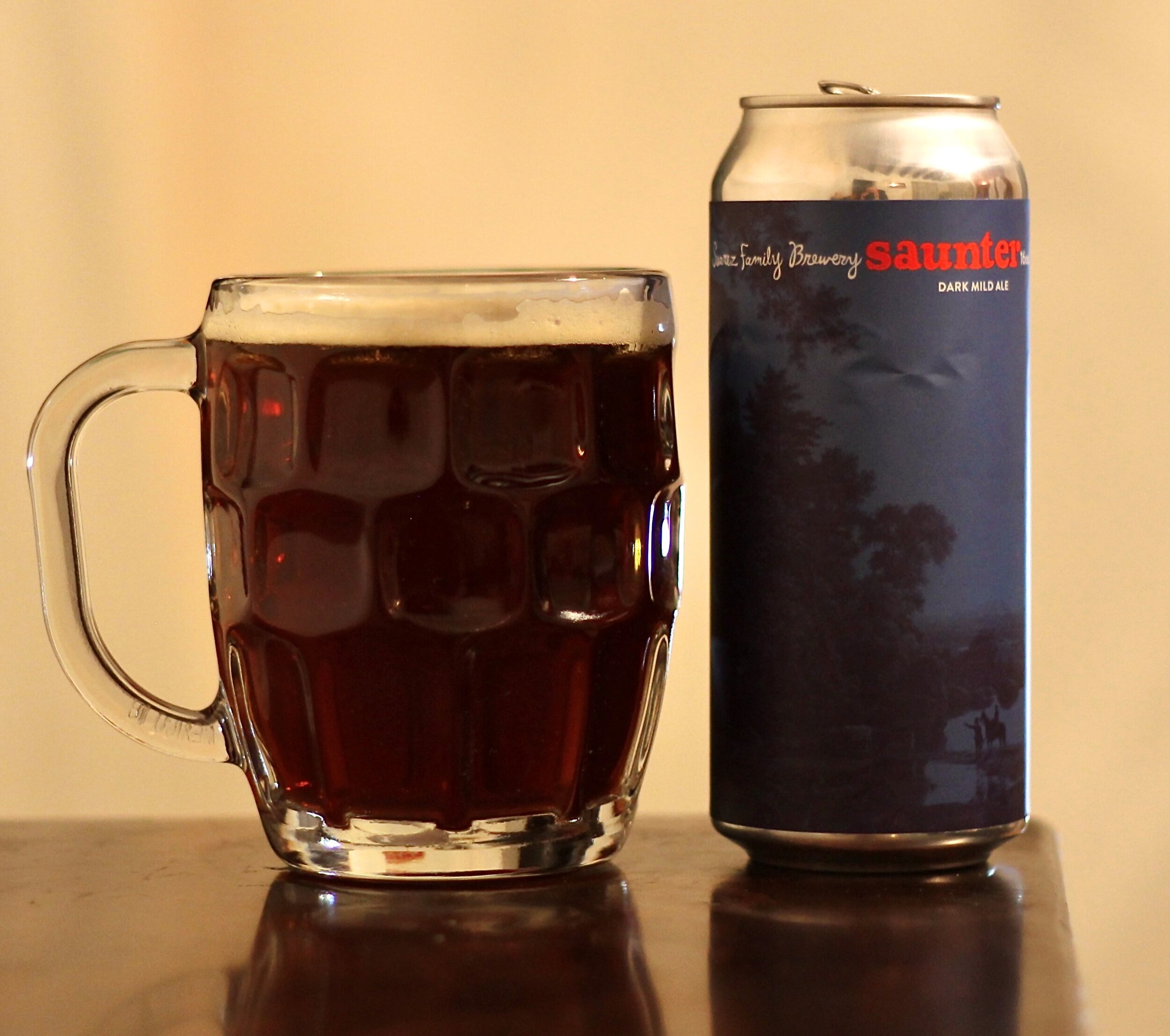One of the last farms from New York State’s hop growing heyday was located just a few miles down the valley from where this photo was taken. The Pindar farm in Middleburgh stopped growing hops in the early 1950s. It was an anomaly since it started well after the Central New York region exploded with hop farms, and lasted decades longer than many others. Most were wiped out in the early 1900s by an unstable market, two forms of mildew, hop aphids and Prohibition.
Some New York State Hop Growing History
In the mid to late 1800s, New York became the top place in the United States for hop production. In particular, this happened in a region extending just west of Albany to just east of Syracuse. This area ran in a band about 20-30 miles north and south of Route 20. Cluster and Fuggle hops were common (the latter to a lesser extent). The region was so successful that it caught the eye of Adolphus Busch, who acquired a hop farm outside of Cooperstown.
New York State’s historic hop growing epicenter in the mid 1800s to early 1900s.
The area was also rapidly transforming as the Erie Canal had just been completed a few decades earlier, catapulting New York City to global city status. Like so many other industries, the hop business was able to flourish due to the access to this superhighway.
Though the industry was largely decimated in these parts for the aforementioned reasons, there were a few that held on. They experimented with ways to fight the mildews (Downy and Powdery) and pests. They also sought other markets for their hops, like homebrewers during Prohibition, although it was not permitted under the Volstead Act. Later, during WWII, they found European breweries grappling with the ramifications of war as a potential market. They began growing hop roots from the West Coast and even from Germany.
Newspaper clippings alluding to a lucrative hop industry in New York State, despite that fact that it had already suffered major setbacks. Source: https://sites.google.com/site/jesskidden/hops/new-york-state-hops-post-repeal
An even greater anomaly than the Pindar farm was Segal Ranch. Segal began growing hops further north near the Canadian border in 1941. However, the location was not immune from the problems that had hit Central New York, and after a particularly bad season in 1959, Segal closed up shop in New York and made Yakima Valley, Washington its new home. This was an easy move as the company had already established a presence there several years earlier.
Hop Growing in New York Today
In the last ten to fifteen years, many thought they could plant a few acres of hops and make a decent profit. Most quickly learned it’s not that easy. A key challenge is that suitable land is needed. While finding vacant land in Upstate New York is not a problem, finding vacant land that is good for hop growth is. The land needs to have good, well-drained soil, and good sunlight. This eliminates a sizeable amount of sites.
According to Steve Miller “the [hop] varieties that are susceptible to downy mildew, for example, you don’t want to plant in an area where you have high humidity in the summer and a lot of rainfall on a regular basis…and I think that’s something a lot of people didn’t seem to want to recognize when they were getting on the bandwagon for planting hops.” The now semi-retired Miller was a hops specialist with the Cornell Cooperative Extension of Madison County and most recently the Executive Director at Northeast Hop Alliance/Hop Growers of New York. He is keenly aware of the challenges hop growers face.
Existing orchards and vineyards are in a good position to grow hops because they have suitable land, may already have similar equipment needed, and also have a built-in seasonal workforce.
Some hop growers have partnered with the New York Hop Guild. The guild is a grower-owned hop merchant that helps farmers sell their products. Breweries like Strong Rope in Brooklyn, and Subversive in Catskill purchase from the guild.
One of the growers that works with the guild is Pederson Farms in Seneca Castle. According to their website, they were the first of the new generation of hop growers to plant hops for commercial purposes back in 1999.
Hops from Hilltop Hops and Barley in Oneonta can only be purchased through the guild. On their 20-acre hop farm, they grow Fuggle, Newport, Nugget, Cascade and Willamette. They have an impressive operation, including their harvesting and processing equipment.
Cascade has proven to do fairly well in New York. Miller notes “it has pretty good disease resistance. It’s not as susceptible to downy mildew and powdery mildew as some of the other varieties.” They’re grown near the old Busch estate, along with Fuggle and Willamette, at the Farmer’s Museum in Cooperstown.
Newburgh Brewing Company uses some Northwest hops in their Cream Ale (as does Genesee Cream Ale). However, they also use Cascade hops from New York.
Newport grows well here, but many breweries aren’t purchasing it. Miller, again, says “it has good disease resistance. It actually has a good flavor profile…and it’s one of the varieties that would grow best in New York…” He suspects many brewers simply haven’t heard of it, or don’t know how to use it.
Alta Vista Farm Hops in Cherry Valley grows a selection of traditional hops. However, grower/owner Conrad Fink says that the wild, or heritage hops that they grow has caught the attention of several brewers. Fink is also a board member of the Hop Growers of New York. He adds, “from the start, I have propagated wild hops that I have found in different spots around Schoharie and Otsego counties. I now have four different wild hops, and they all have different aroma profiles. So, I grow and process them separately. Brewers really like the uniqueness of these wild hops.”
He calls one of these varieties “Pindar”. It was found along a hedgerow of the old Pindar farm, and he transplanted it to his property in 2017. According to their website, the hop’s aroma has the following qualities “pungent, very strong aroma of tobacco, sweet pine, and freshly mowed grass.”
Dr. Lynda McMaster-Schuyler, a professor at the State University of New York (SUNY) at Cobleskill, is studying feral hops. In addition to old farms, she notes some are also found along rail lines where hops likely fell out of railcars during transport many years ago. They are working on genetic identification, though this has been hampered by Covid. Most have shown some resistance to downy mildew.
The image on the left shows the Pindar brothers in 1939 (source: https://sites.google.com/site/jesskidden/hops/new-york-state-hops-post-repeal.) I suspect it was taken on their farm in Middleburgh in close proximity to where my family goes berry picking.
Green Wolf Brewing in Middleburgh is located on the other side of the river from the old Pindar farm and buys hops from Alta Vista.
The Future
There’s no chance this region will reclaim the status it once had in the US hop growing market. New York cannot compete with the farms in the west that are often several hundred acres in size. New York hop farms are generally about five to thirty acres. The largest is Chimney Bluffs Hoppery with 32-acres. Further, the drier climate in the west is not as disease prone. However, there is the opportunity for a small regional hop industry if brewers will support it.
That has been incredibly difficult since New England IPAs dominate the craft beer world, and many brewers only want certain types of hops to make that style. This is in spite of the fact that they can be made with other varieties. Many of the trendy hops brewers seek are tightly controlled by private entities. For a variety of reasons, they are not likely to be widely grown in New York anytime soon.
This Pilsner from Big aLICe Brewing uses NYS hops. The brewery has locations in Queens and Brooklyn, and will be opening a third location in the Finger Lakes region.
While the state’s farm brewing law offered some hope for hop growers, there are very few New York breweries operating solely under this license, which currently requires 60-percent of all ingredients to be from New York State. As it stands now, the law will bump this up to 90-percent in 2024. Breweries that want the incentives offered under the law, but still want to make Citra hazies, operate with dual licenses. They get the best of both worlds by brewing a small amount of beer within the guidelines of the farm brewer’s license while doing whatever they want with the rest of their production under their standard license.
In a short amount of time, New York hop growers have been able to re-establish an industry that is making world-class hops. Prior challenges in the form of disease and pest infestation have largely been resolved. The most significant challenge these farmers now face is the market. Consumers interested in supporting local agriculture, and reducing the carbon footprint of their beer, need to tell their favorite local brewers that they would like beer made with NYS ingredients.
It must be noted that there may be a new threat in town. The hop plant’s old cousin cannabis may prove to be much more lucrative crop for those with the land and ability as New York State just passed legislation that, among other things, legalizes the use of cannabis for adults, and creates a system for those looking to grow, process, distribute and sell it.














